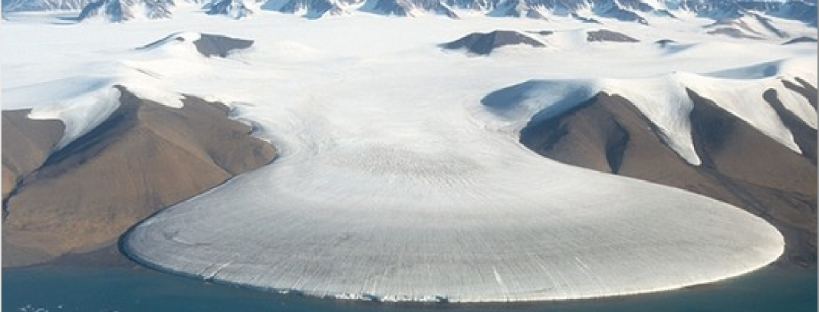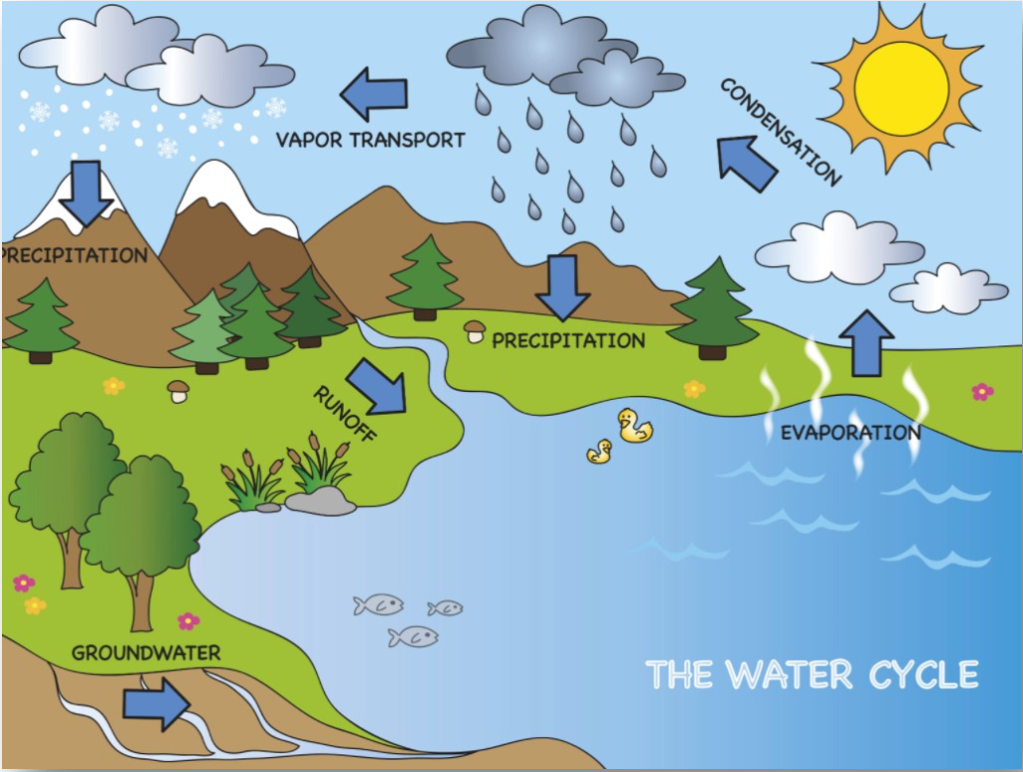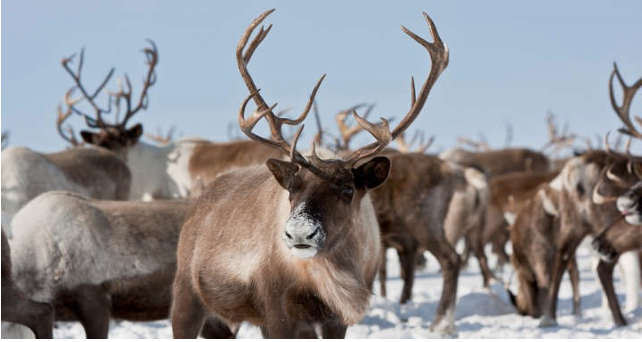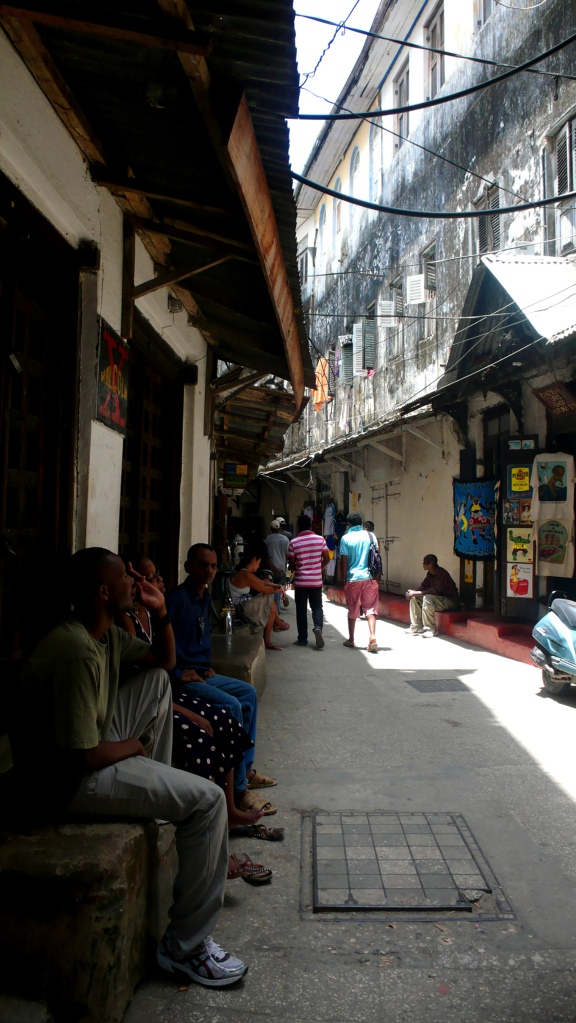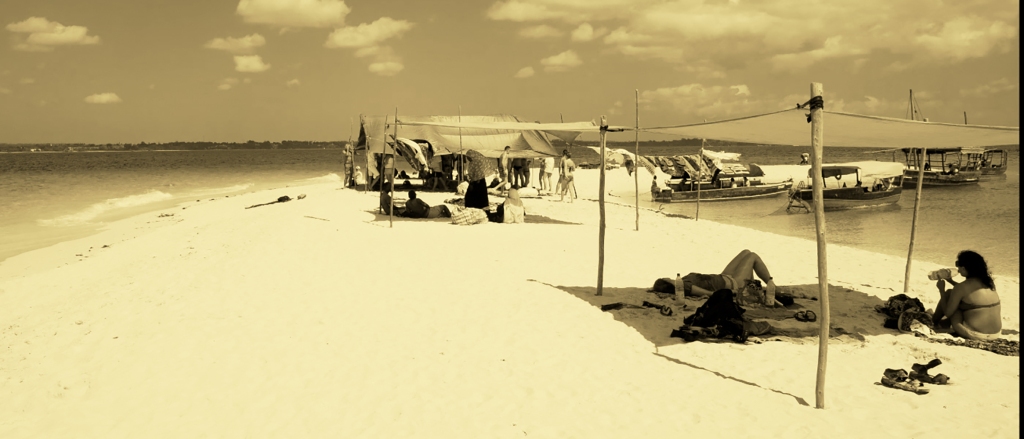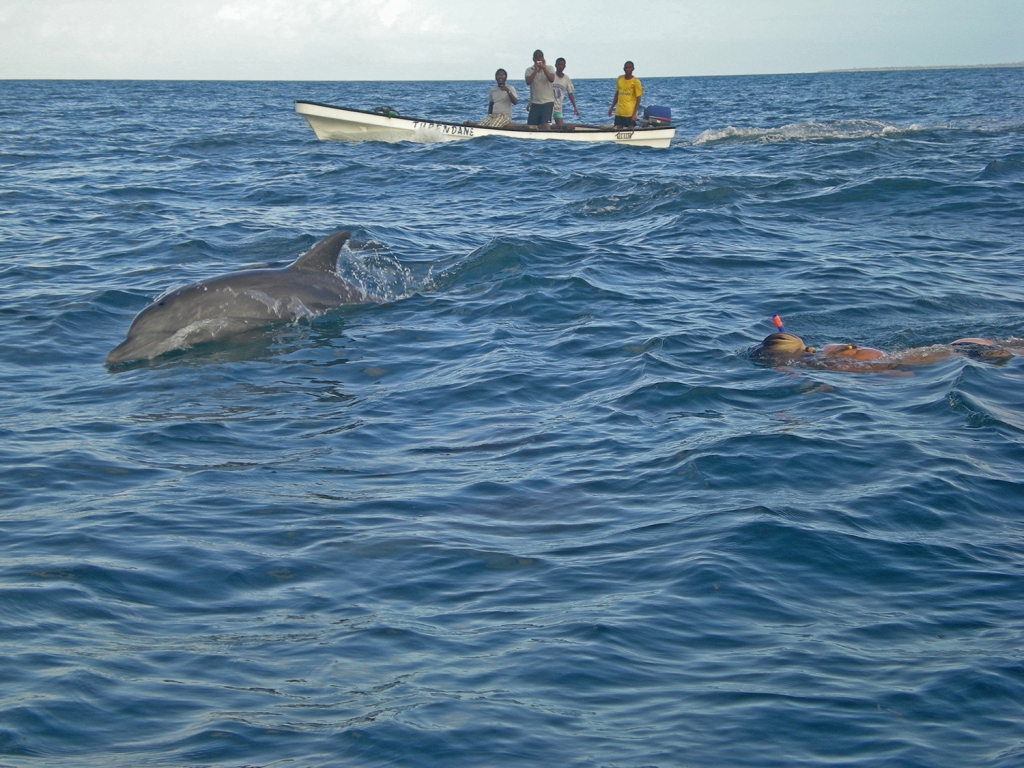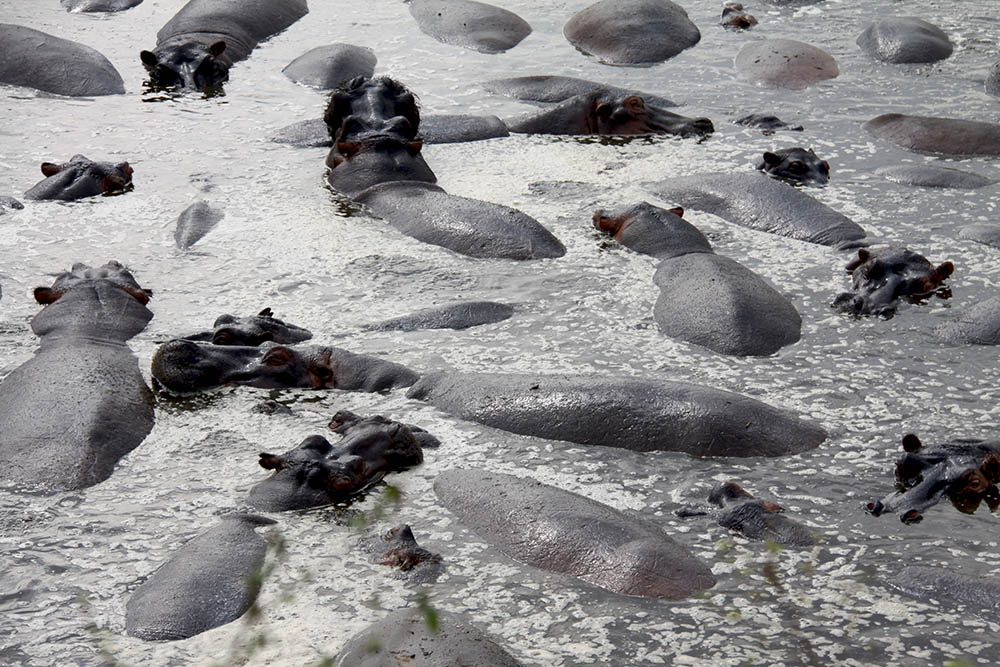ARTICLE ON CLIMATE CHANGE IN TANZANIA
By Japhet Mgona – Art in Tanzania internship
Introduction to Climate Change
Since centuries ago, climate change has been a matter of grave concern globally. It is also one of the substantial global challenge in the 21st century. Many scientists and local people, through contemporary and indigenous practices respectively, have diverse views pertinent to the meaning, source, and impacts of climate change. In terms of the meaning, it is scientifically agreed that, climate change is a long process at which the components of climate systemvary for many years.
Climate change is further defined by the Intergovernmental Panel for Climate Change (IPCC) as a statistically significant variation that persists for an extended period, typically decades or longer. It includes shifts in the frequency and magnitude of sporadic weather events, as well as slow continuous rise in global mean surface temperature.
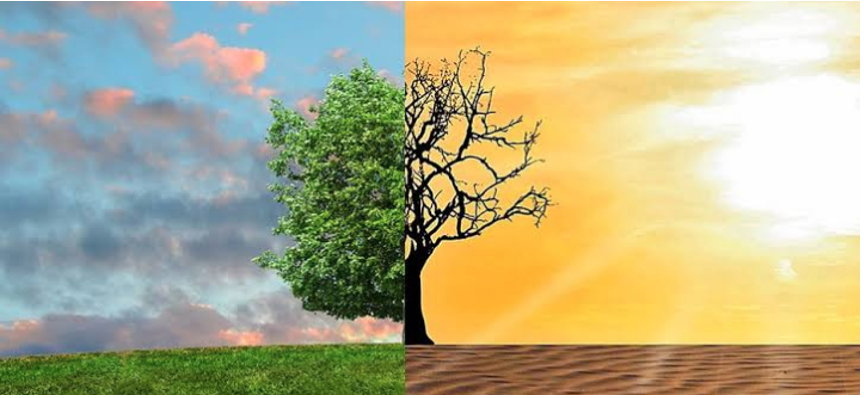
Historical Background of Climate Change;
Climate change began in the early of 19th century when the ice age and other natural changes in paleoclimate were first suspected and the natural greenhouse effect was first identified. In late 19th century scientist first urged that human emission of greenhouse effect could change the climate, also many other theories of climate changes were advanced involving, forces from volcanism and solar variation. In 1960 the warming effect of carbon dioxide become increasing. Some scientists also pointed out that human activities that generate atmospheric aerosols example pollution could have cooling effect as all. During the 1970s scientific opinions increasingly favored the warming effect. By 1990s, as result of improving observation work and confirming the Milankovitch theory of ice age consensus position formed greenhouse gases were deeply involved in most climate change and human cause emission are causing global warming
Moreover, there are some scientists who urged on the urgency on climate change, starting by Joseph Fourier (1768-1830) who started talking about something called the greenhouse effect. He knew that the atmosphere protects us from the sun, and he suggested that the composition of atmosphere will change and could lead to the warming of the earth. A few decades later in 1861 another scientist known as John Tyndall(1820-1893), identified the gases that may cause such effects when he was investigated the absorption of infrared radiation in the different gases, he found that water vapour and hydrocarbons like methane and carbon dioxide, strongly block the radiation and lead to cause the warming in the earth. Other scientist like James and peter kropotkin suggested that ice ages and other climate change were due to change in number of gases emitted in volcanism but was only one of possible causes. Another possibility was solar variation and shifts in ocean current which identified by them. (Croll, 1875)
According to the reportof United Nations Framework Convention on Climate Change (UNFCCC) that gathered at Copenhagen in December 2009 to try to reach agreement on global action to combat climate change for the period until the 2012 successor to the Kyoto Protocol that will come from Africa. Based on what is Africa’s interest in this global effort to meet key climate change objectives? how will Africa perform in Copenhagen? will Africa make a difference to the outcomes of the negotiations and the Copenhagen Agreement, given its passive role in Kyoto?
Most analyses of the impacts of climate change that have influenced UNFCCC agreements focuses on medium to long-term projections of carbon emissions and forecasting models of global warming, and cover mainly countries and regions for which relevant data are readily available. This leaves out most developing countries and regions, particularly Africa, due to unavailable data and trajectories. From an African perspective, this is serious and costly. As the poorest continent, Africa is considered most susceptible to climate change due to its vulnerability and inability to cope with the physical, human, and socioeconomic consequences of climate extremes.
Moreover, existing adaptation mechanisms and resources under the Kyoto agreement designed to mitigate climate change’s effects on Africa and other developing regions have been directed at limiting future carbon emissions, rather than addressing the region’s vulnerability and lack of resilience to the impacts of climate change on its economies and populations. As lof ate as April 2007, a report by the Intergovernmental Panel on Climate Change (IPCC) warned that Africa was not acting quickly enough to stem the direct economic and environmental consequences of greenhouse gas emissions (IPCC, 2007). What this report seemed to have missed or overlooked is that Africa’s concern about climate change is not mainly in terms projections of carbon emission and future environmental damages. It is more about the links between climate change and droughts, desertification, floods, coastal storms, soil erosion contemporary disaster events that threaten lives and livelihoods, and hinder the continent’s economic growth and social progress. (Solomon & Qln, 2007)
Causes of Climate Change
There have been diverse views about the origin of climate change. The debate on the origin covers two major aspects.
First, tells that climate change has been in place for millions, thousands, hundreds and tens of years ago (decades). The proponents of this notion mention the disappearance of flora and fauna species like the dinosaurs which were extinct not because of human, rather due to variations in temperature and rainfalls. They further connect their views with mass extinctions which occurred millions of years ago. Previous studies have presented the first dimension which assert that, climate change is due to natural forces. They associate earth’s orbital variations, Sun rise and set, volcanism etc. as natural events which in turn cause unusual weather patterns out of human control Furthermore, their arguments maintain that, natural forces like land masses drifting, plate tectonics, earthquakes, volcanism etc. fueled climate change.

The second perspective urges that, climate change began in the early 19th century when ice ages and other natural changes in paleoclimate were first suspected and the natural greenhouse effect first identified. This notion went far to link that, human activities has been the cause of climate change as they rightly observed the industrial revolutions notably mounted from19th with immense greenhouse gases emissions. They associate Human activities like industrial activities, agricultural activities, mining transportation, and others cause emissions of gases hence lead to drought, floods, etc. not only that but also God’s punishment due to unrepentant human sins, and disobeying fore ancestor’s cultural setups is believed as the cause of climate change to same of the believers.
In Tanzania also there are various human activities which contribute to the emission of greenhouse gases hence influences climate changes. activities like industrial activities, agriculture activities, deforestations, mining activities and burning of fuels are among of the human causes of climate change.
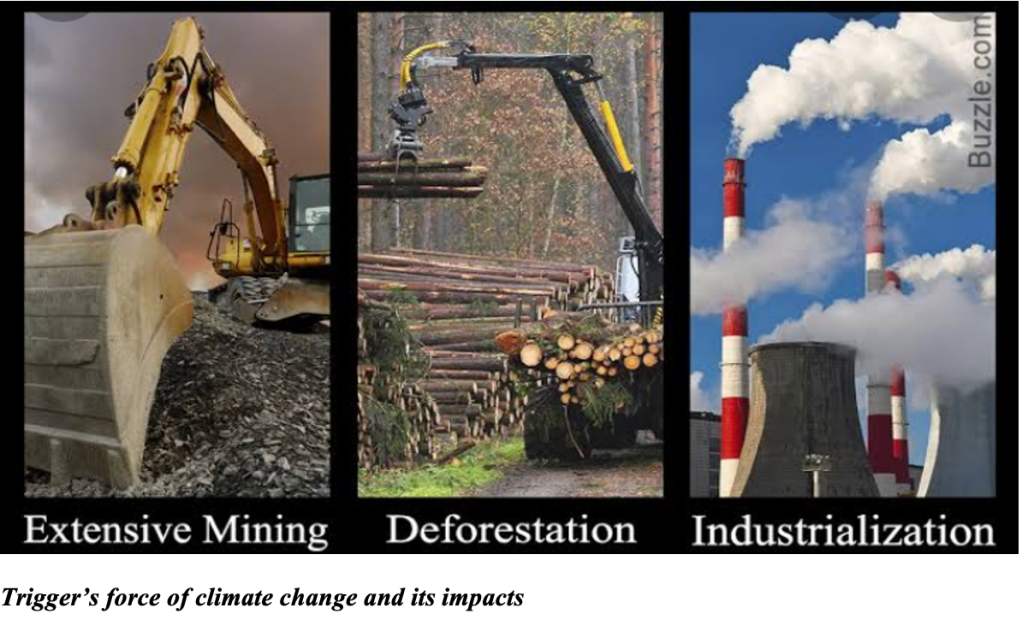
Trigger’s force of climate change and its impacts
IMPACTS OF CLIMATE CHANGE IN TANZANIA
Over the centuries and decades, climate change has been perceived as a double sword in terms of its impacts to sectors of economy, living, and non-living worlds.
Climate change projection indicates that the frequency and severity of extreme climatic events will increase. In the last 40 years Tanzania has experienced severe and recurring droughts with devastating effects to agricultural, water and energy sectors. Currently more than 70% of all-natural disasters in Tanzania are hydro-meteorological, and are linked to droughts and floods. Climate change Impacts various sectors in Tanzania as follows
Agriculture and Food Security
Changing climate has resulted in a general decline in agricultural productivity, including changes in Agro-diversity. The prevalence of crop pest and diseases is also reported to have increased, posing more challenge to agriculture. Furthermore, due to the change in weather patterns that have disturb the agricultural production has impacted food security.
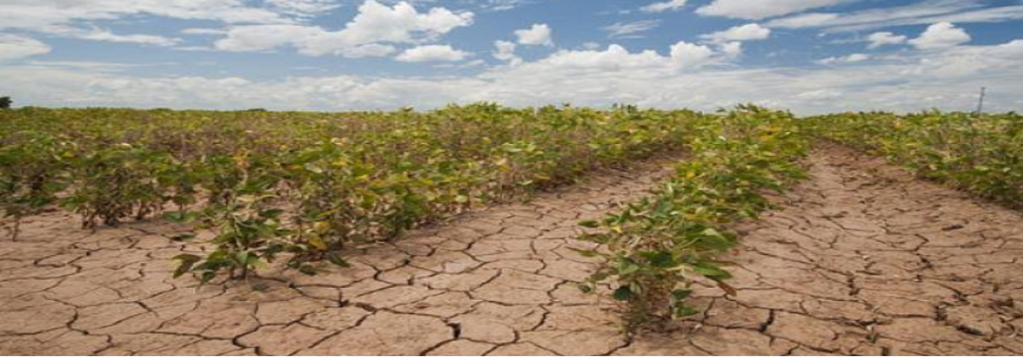
Adverse impact of climate change in agriculture activities
Fresh Water Resources
Increasing rainfall variability and prolonged droughts cause serious pressure in the country’s available water resources. Severe and recurrent droughts in the past few years triggered a decrease in water flows in rivers, hence shrinkage of receiving lakes, declines of water levels in satellite lakes and hydropower dams. Furthermore, some of the perennial rivers have changed to seasonal rivers and some wetlands have dried up.
Human Health
Variability in precipitation may have direct consequences in infectious disease outbreaks. Increased precipitation may increase the presence of disease vectors by expanding the size of existent larval habitat and creating new breeding grounds. In addition, increased precipitation may support growth in food supplies, which in turn support a greater population of vertebrate reservoirs. Alternatively, flooding may force insect or rodent vectors into houses and increase the likelihood of vector-human contact. IPCC, 2001 indicates that many vector, food and water-borne diseases are sensitive to changes in climatic conditions.
There are also a wider set of indirect impacts from climate change on health, which are linked to other sectors such as food security and malnutrition through reduced agricultural productivity as a result of changes in soil quality, increased crop and livestock pests and diseases, prolonged drought and water scarcity. Reduced agricultural productivity associated with climate change/variability exposes communities to other health risk factors, such as HIV or AIDS.
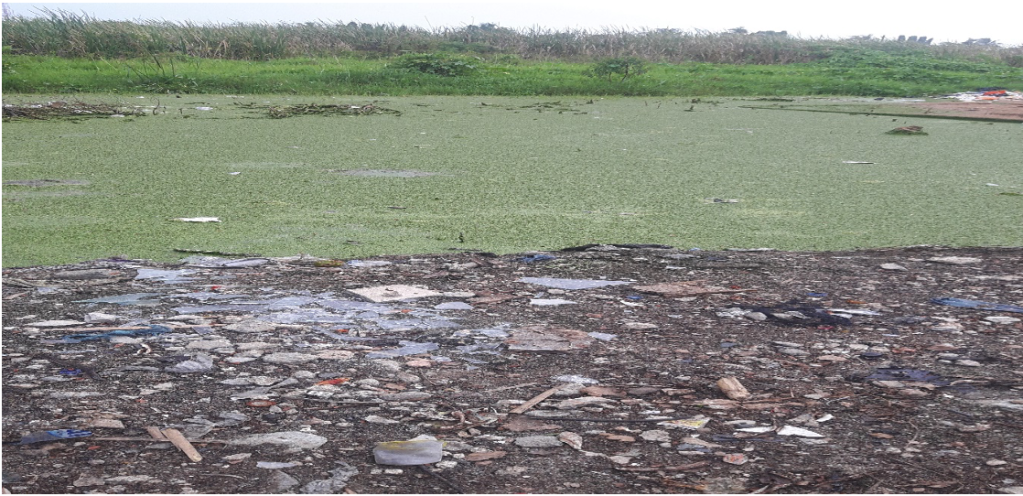
larval habitat due to floods at Kinondoni
Coastal and Marine Environment
Major climate change related impacts are a result of increases in sea surface temperatures and associated sea level rise. Some of the impacts are destruction of coral reefs, coastal erosion, submergence of small islands, destruction of coastal infrastructures and human settlement, intrusion of sea water into freshwater wells, and degradation of mangrove.
Energy
As a result of increasing climate variability, over the last years, the country has experienced increasing incidents of recurrent and prolonged droughts with severe implications on hydro power generation. Power rationing and black outs have become a common phenomenon in Tanzania. This affects individuals’ household and industrial income generating activities. Consequently, additional resources which were committed for other development programs are sometimes being reallocated for thermal electricity generation
Forestry
The common impacts to all forest’s types include loss of biodiversity; disappearance of wildlife habitats, increased risk of bush fires, limited availability of forest products (timber and non-timber products) and ecosystem shift
Biodiversity
Overall, a very high possibility of irreversible losses of biodiversity as a result of such changes in climate are projected with many terrestrial, freshwater, and marine species being placed at a much greater risk of extinction than before. Water shortage for the large mammals especially in the years with low rainfall is one of the main challenges facing the wildlife. The places that naturally used to hold water during the dry season no longer hold water long into the dry season. For instance, water dependent animals especially hippopotamus, crocodiles, buffalos and elephants are often found crowded in few remaining water ponds, for example in the Ruaha and Katuma River system

Hippopotamus congregation in small water pools due to water shortage in Katavi River system in 2009
Tourism
Tourism has close connections to the environment and is considered to be a highly climate sensitive sector. Climate variability determines the length and quality of tourism seasons thus plays a major role in the destination choice and tourist spending. Climate also has an important influence on environmental conditions that can deter tourists, including infectious disease, wild fires, insects or waterborne pests, and extreme events such as tropical cyclones. the sector is already being impacted by climate change. The manifestations of climate change are highly relevant for tourism destinations and tourists alike. For instance, Mountain Kilimanjaro has lost 80% of its ice cover between 1912 and 2000
Apart from the impacts of sea level rise, which have destroyed cultural, historical, archaeological and heritage sites along coastal areas in the country, heat stress and drought have also caused massive wildlife deaths in the northern tourist zone. Destruction of infrastructure such as roads and bridges are devastating. Road maintenance becomes particularly difficult and expensive during prolonged heavy rains in many parts of the country. For example, the 2006 El Niño rains, left many park roads impassable for a long period of time, and resulted in reduced tourist visits and loss of revenue

Decrease ice coverage at Mount Kilimanjaro as the effect of climate change
Furthermore, climate change has impact on livestock sector, industrial sector, fishing sector infrastructures and transport sector, human settlement, land use and planning and education sector of which these sectors are important for development, employment opportunities and back born of the economy.
CLIMATE CHANGE INITIATIVES IN TANZANIA
In addressing climate change at national level, and local levels various initiatives and programs have been undertaken in Tanzania in the context of UNFCCC and its Kyoto Protocol. implementation of the UNFCCC and the Kyoto Protocol is further supported by the enabling environment including the National Environment Policy (1997) and the EMA. Not only that but also private sectors and private organizations has played an advantageous part in addressing climate change in Tanzania. Furthermore, climate change adaptation strategy and climate change related programs in the country including REDD and REDD+ projects are among of the initiates towards climate change mitigation, adaptation and coping strategies.
MITIGATION, ADAPTATION AND COPING MEASURES TO CLIMATE CHANGE IN TANZANIA
It is evident that, climate change is happening and will continue to ravage sectors and our livelihoods. Various studies have revealed that, people from different areas have been mitigating, adapting and/or cope with it in order to make lives goes on. In Tanzania also communities mitigate, adopt and cope with climate in various ways through in small extent due to poor awareness on climate change and normally the following are some of the measures taken and suggested for mitigating, adaptation and coping with climate change
Mitigation measures to climate change
Mitigation involves the efforts undertaken to reduce anthropogenic (greenhouse gases) emissions or to enhance natural sinks of greenhouse gases so as to reduce the threats of climate change (to lower the risks). Mitigation measures suggested and taken in Tanzania are like:
- Afforestation
- Reforestation
- Intercropping/agroforestry
- Building water reservoirs like dams, ponds etc.
- Use of environmentally friendly energy sources like geothermal, natural gas, solar, and wind energy than charcoal, coal and fuelwoods.
- Use of organic manure which prevent nutrient and water loss.
- Soil as the biggest carbon sink on the planet, sequestrate greenhouse gases by proper soil conservation methods like contour planting and no-till farming which do not disturb the soil.
- In reducing methane, farmers may prevent submergence of rice fields and cultivate uplands rice or other upland crops.
- Destocking
- Establishing greenhouse emission reduction projects like Carbon trading, carbon sequestrations, REDD, REDD+, CDM.
- Planting tree crops
Adaptation to climate change
Adaptation to climate change involves the process of adjustment to actual or expected climate and its effects, in order to moderate harm or exploit beneficial opportunities. In Tanzania adaptation measures undertaken and suggested are like:
- Farmers planting different crops for different seasons
- Levees against sea level rise
- Temporary and permanent migration
- Destocking
- Building water reservoirs
- Re-use, recycle and Reduction of the use for resources like water
- Rain water harvesting and retention
- Changing the planting seasons
- Intercropping
- Use less greenhouse gases sources of energy
- Livelihood/occupational diversifications
- Growing early matured crops
- Rearing drought resistant livestock.
- Formulation of social climate resilient groups venturing in rural savings, table banking schemes, getting funding from innovations funds and micro-financing institutions.
- Conservation agriculture (mainly reduced tillage soil cover).
- Crop rotations
- Establishment of community-based climate change adaptation Organizations
- Establishing climate early warning systems
- Farming intensification and extensification
- Mulching to conserve moisture during droughts.
- Kitchen gardens
- Pumping irrigations
- Chemical weed control
- Switching to off-farm activities


COPING STRATEGIES/MEASURES
However, once we go deep to explore the adaptation measures, one has to find out that there are measures which take a long time to adapt and others take a short time. In this context, those measures that take a short time are referred to as coping mechanisms, as they may not demand adjustments to ecological, social, or economic systems in response to actual or expected climatic stimuli and their effects or impacts. Therefore, the coping strategies practiced in Tanzania and those suggested are like:
- Receiving remittances from children/ relatives living in urban
- Borrowing cash to buy food
- Reduce the number of meals per day
- Renting land for cash
- Food borrowing
LIMITATIONS TO CLIMATE CHANGE MITIGATION, ADAPTATION, AND COPING STRATEGIES IN TANZANIA
- Population growth
- Lack of mitigation and adaptation technologies
- Little awareness and researches on climate change
- Lack of information on climate change impacts
- Limited resources
- Lack of access to early warnings and unreliable of seasonal forecast.
- High cost of adaptation
- Inadequate farm inputs
- Weak institutional coordination and support
- Low institutional capacity
- Poor extension services
- Poor enforcement and implementation of laws and by-laws
- Too much bureaucracy
- Insurance coverage
- Conflicts between farmers and pastoralists
- Satisfied that climate change is the will of God
- Reluctant to take changes
- Believing superstitions
Generally, most of disasters in Tanzania are related with the climate change impacts there fore mitigating, adopting and coping with climate change links with disaster risks reduction and management activities. And regarding various climate change related impacts Climate change is indeed real and evident, it is inevitable, and it has to be appropriately and sustainably addressed.


